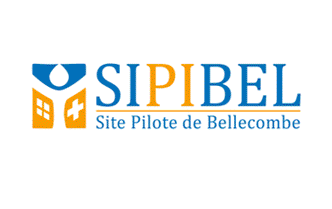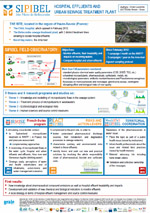SIPIBEL – Bellecombe site
Bellecombe site –Sipibel– was created in 2011 in order to study the characterisation, treatability and impacts of hospital effluents in a urban sewage treatment plant.
A research and observation site
| - A field observatory : which aims to monitor effluents and their impacts on receiving waters, for a minimum period of 3 years following the opening of the hospital, with data banking. - Research actions, developed in association with the field observatory – Theses actions are part of the SIPIBEL research programme, divided into 4 themes: 1-pollutants flows, 2-treatment, 3-risks, 4-sociology - -Coordination and enhancement of the project with: a website, scientific publications, conferences and press conferences. |
 |
|---|
Partners
The Bellecombe “Syndicat" (managing the sewage treatment plant) and the Alpes Léman Hospital (CHAL) have associated with the Graie, The Rhone-Alps Group of Research on the Infrastructures and Water, to put together a group of specialised scientists, stakeholders of the territory and institutionnal partners.


